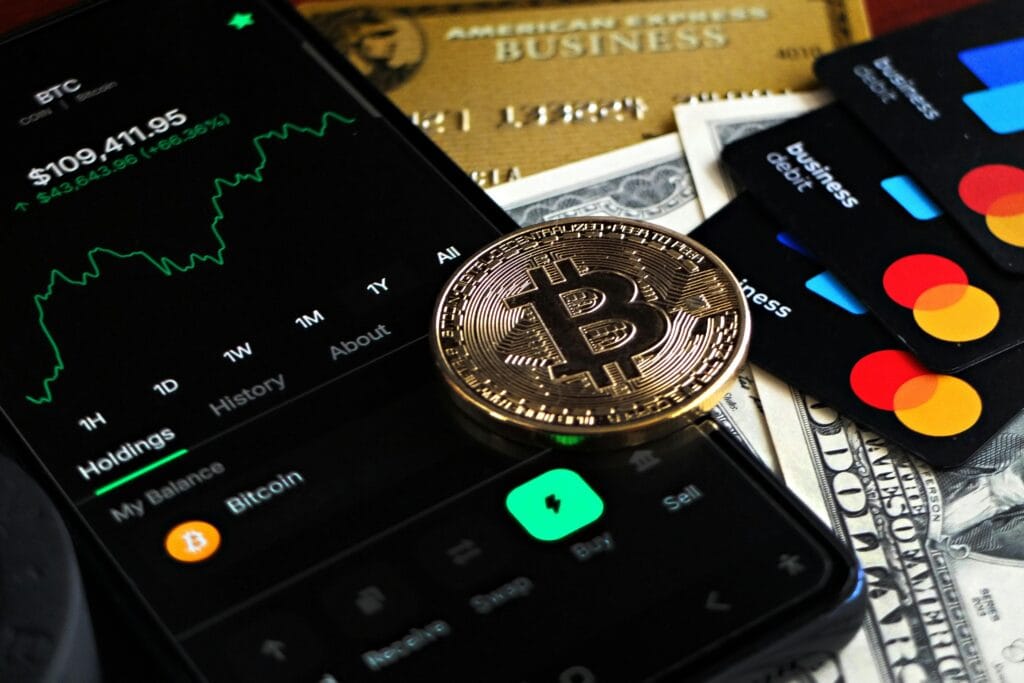We all know credit cards help us buy stuff. However, there’s something more interesting happening that most people miss. In fact, credit cards have quietly become a form of social currency in our modern world. Let me explain what I mean by that.
When Your Credit Card Becomes Your Social ID
Think about the last time you went out for dinner with friends. Chances are, someone pulled out their card to pay. Moreover, did you notice which card they used? Perhaps it was a sleek metal card or maybe a basic plastic one. Interestingly enough, we’re all reading these tiny signals without even realizing it.
Your credit card has become more than just a payment tool. Instead, it’s turned into a silent statement about who you are. Furthermore, this shift happened so gradually that we barely noticed it. Yet, it’s changing how we interact with money and each other.

The Invisible Comparison Game
Here’s where things get fascinating. Whenever we’re in social settings, our credit cards are doing the talking for us. Consequently, we’ve created this unspoken hierarchy based on what’s in our wallets. Additionally, credit card companies know this and use it to their advantage.
Think about it this way. When you apply for a premium card, you’re not just getting better rewards. Rather, you’re also buying into a certain image. Similarly, when you use that card in public, you’re broadcasting a message. Therefore, credit cards have become social tools as much as financial ones.
This phenomenon connects deeply with how credit cards influence our spending psychology. Essentially, the card in your hand affects not just what you buy, but how you feel about yourself while buying it.
Why We Care More Than We Admit
Now, you might be thinking you don’t care about these things. However, most of us do care, even subconsciously. In fact, studies show that people spend differently based on the type of card they’re holding. Moreover, we make quick judgments about others based on their payment methods.
Let’s be honest for a moment. If someone pays with a black card, we notice. Likewise, if someone fumbles with multiple declined cards, we notice that too. Subsequently, these observations shape our perceptions, whether we like it or not.
The Real Cost of Social Pressure
This social aspect of credit cards comes with hidden costs. First of all, many people upgrade to premium cards they don’t actually need. Furthermore, they pay annual fees just to maintain a certain image. As a result, they’re spending money on perception rather than value.
Consider this scenario. Someone earns a decent income and could easily use a no-fee card. Nevertheless, they choose a card with a $500 annual fee. Why? Because it looks better when dining with colleagues. Consequently, they’re paying for social comfort, not financial benefits.
The relationship between credit cards and our sense of financial control over time becomes complicated when social pressures enter the picture. Specifically, we might make choices that hurt our future financial health just to maintain our current social image.
Breaking Free from the Card Status Game
So, how do we deal with this reality? First, we need to acknowledge it exists. Then, we can make conscious choices about our relationship with credit cards. Here are some thoughts on this.
Initially, ask yourself why you want a particular card. Is it for the rewards and benefits? Or is it mainly for how it looks? Being honest about your motivations helps tremendously.
Next, calculate the actual value you’re getting. For instance, if you’re paying $400 yearly for a card, are you really using $400 worth of benefits? Often, the answer is no. Therefore, you’re essentially buying a status symbol. Understanding how consumer credit actually works can help you make more informed decisions about which cards truly benefit you.
Using Social Currency Wisely
Interestingly, understanding credit cards as social currency doesn’t mean avoiding them entirely. Instead, it means being strategic about how you use this tool. After all, there are situations where the social aspect genuinely matters for your career or business.
For example, if you’re meeting with potential clients, having a professional-looking card makes sense. Similarly, if you travel frequently for work, a premium travel card serves both practical and social purposes. Thus, the key is intentionality.
However, don’t let social pressure drive everyday decisions. Specifically, you don’t need a fancy card for your grocery shopping. Likewise, your friends who really care about you won’t judge your card choice at casual dinners.

The Future of Card Culture
Looking ahead, this social dynamic might intensify. Already, we’re seeing more metal cards and exclusive designs. Additionally, card companies are creating more tiers and status levels. Consequently, the game is getting more complex.
Meanwhile, digital payments are changing the landscape. Since phone payments hide your card, the social signaling becomes less obvious. Nevertheless, people still know which cards link to which services. Therefore, the status game simply moves to a different platform.
Finding Your Balance
Ultimately, the goal is finding what works for your actual financial situation. Rather than chasing status, focus on genuine value. Furthermore, remember that true financial success is private, not public.
Here’s a practical approach. First, list what you actually need from a credit card. Then, find cards that match those needs regardless of how they look. Finally, choose based on rewards, interest rates, and fees that benefit your real spending patterns.
Moreover, consider this perspective. The wealthiest people often use simple cards because they don’t need to prove anything. In contrast, those trying to appear wealthy often have the flashiest cards. Consequently, the real power move might be not playing the status game at all.
Making Peace with Plastic
At the end of the day, credit cards are tools. Although they’ve taken on social meaning, we don’t have to participate in that aspect. Instead, we can use them strategically for our financial goals.
Remember, your self-worth isn’t tied to what’s in your wallet. Similarly, your financial intelligence shows in your decisions, not your card design. Therefore, make choices that serve your future, not your image.
The Bottom Line
Credit cards becoming social currency is a real phenomenon that affects us all. However, awareness gives us power over this influence. Furthermore, by understanding these dynamics, we can make better financial decisions.
So next time you’re considering a credit card upgrade, pause and reflect. Ask yourself whether you’re buying financial benefits or social comfort. Then, make your choice consciously. After all, your financial future matters more than impressing strangers at restaurants.
The truth is simple. Your credit card says something about you, but it doesn’t define you. Likewise, other people’s cards tell a story, but not the whole story. Therefore, focus on building real wealth rather than displaying borrowed status. In the end, that’s the smartest way to use credit cards as the social currency they’ve become.



